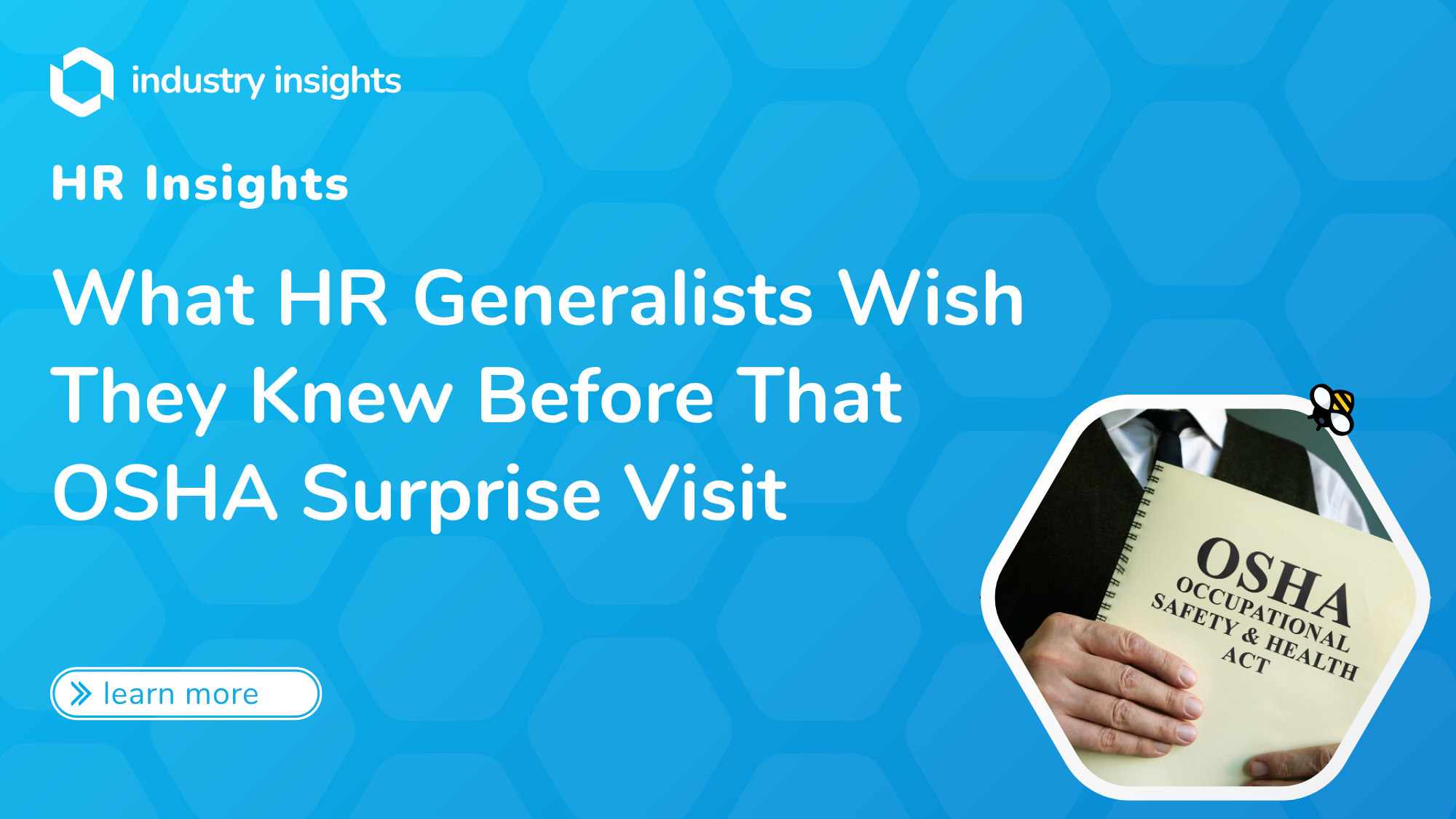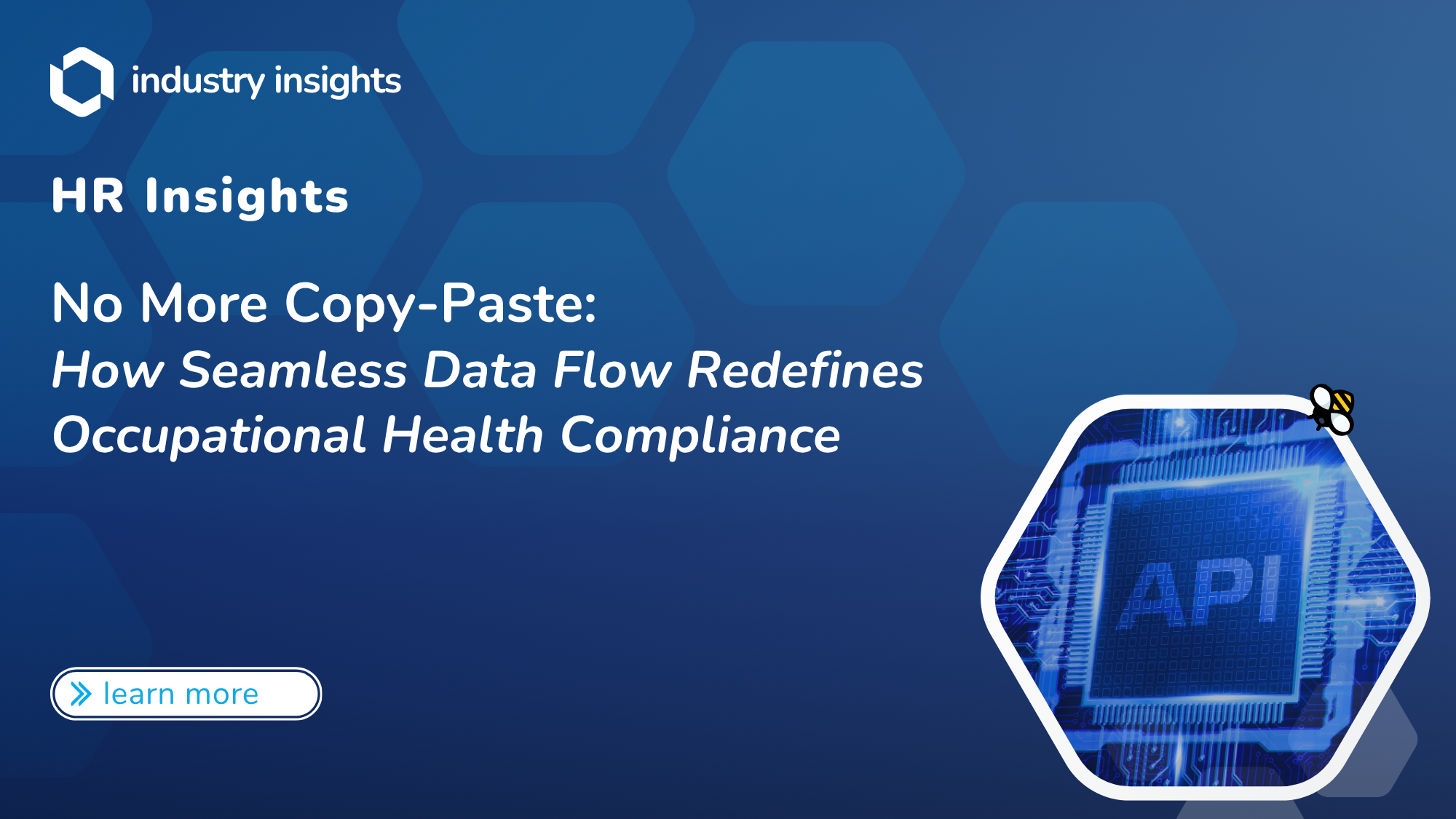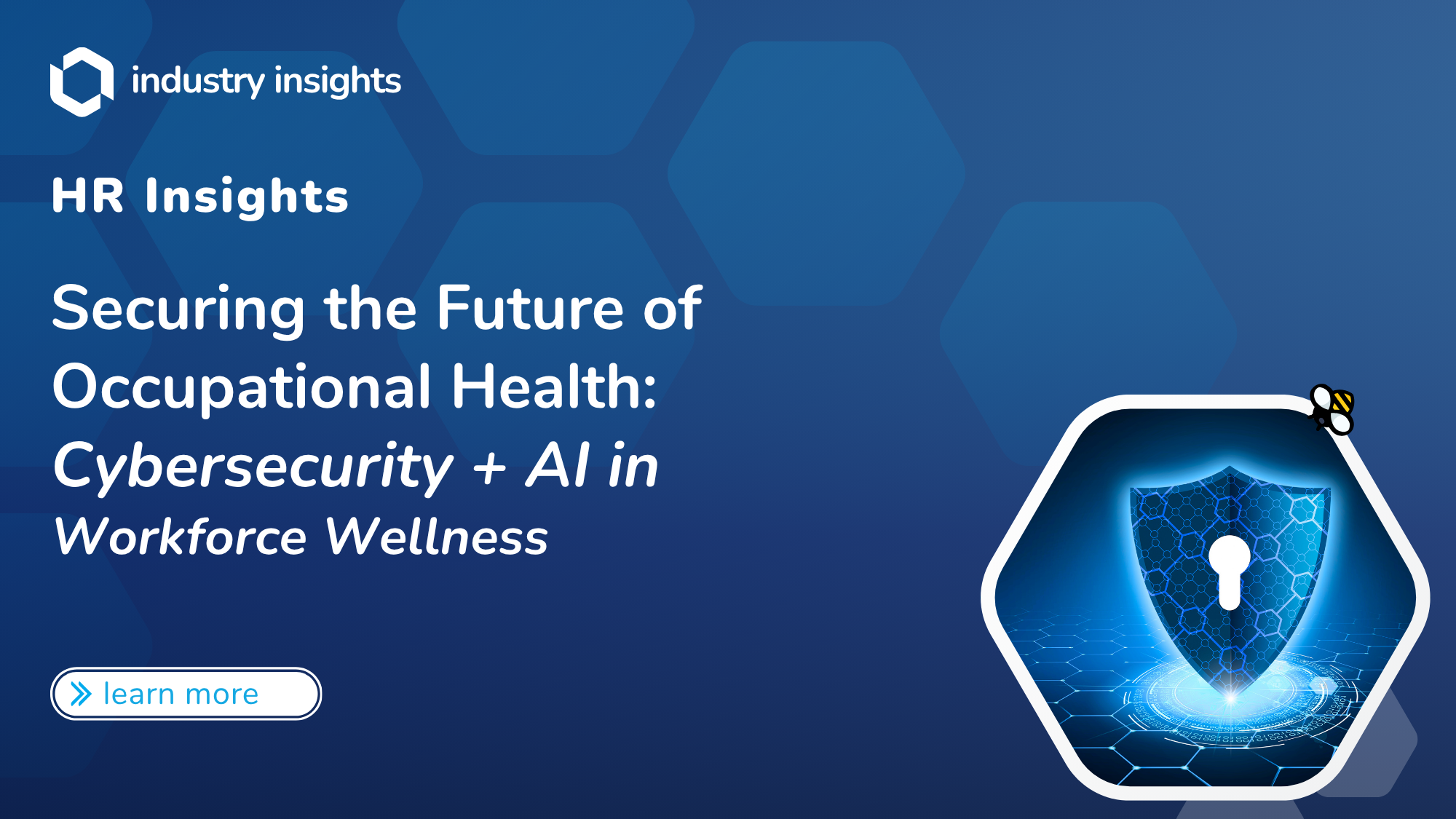Unannounced inspections are OSHA’s most powerful enforcement tool. They arrive without warning, follow a strict legal script, and can cost an organization up to $165,514 per willful or repeat violation in 2025. Yet most citations stem from hazards that HR teams could have prevented with better record‑keeping, routine hazard audits, and employee engagement.
This paper demystifies the surprise inspection – from why OSHA picks a site to what happens after the closing conference – so HR generalists can step into every inspection calm, compliant, and confident.
Why OSHA Shows Up Unannounced

Source: OSHA Field Operations Manual, Ch. 2
Anatomy of a Surprise Inspection
Understanding the flow of an inspection helps you stay calm, collected, and compliant when an inspector shows up at your door. From the moment credentials are flashed to the final closing conference, every step has a purpose—and potential pitfalls. Here’s what to expect during an unannounced visit, and why staying professional (but tight-lipped) can work in your favor:
- Inspector arrival & credential check
- Opening conference – reason, scope, rights of each party.
- Walk‑around – photos, samples, employee interviews (see Section 5).
- Document review – 300/300A/301 logs, training records, SDSs.
- Closing conference – preliminary findings, next steps, abatement dates.
Polite professionalism matters, but do not volunteer extra information beyond what is requested (Carpenter, 2024)

New “Worker Walkaround” Rule
Employees may now choose a third‑party representative (e.g., industrial hygienist, union official) to accompany the Compliance Safety & Health Officer (CSHO) if “reasonably necessary” for a thorough inspection (OSHA, 2024).
HR Takeaway: Update your visitor procedures and train supervisors to expect (and professionally welcome) outside representatives.
Ten Violations Likeliest to Appear on Your Citation
Workplace safety is no guessing game – and when OSHA shows up, your compliance strategy shouldn’t be either. Every year, thousands of employers get tripped up by the same hazards, earning themselves costly citations and avoidable headaches. Whether you’re in construction, manufacturing, or healthcare, understanding the most frequently cited OSHA standards can help you stay one step ahead. Below is a snapshot of the top 10 violations for FY 2024 – aka your compliance cheat sheet:
- Fall protection – 29 CFR 1926.501
- Hazard communication – 1910.1200
- Lockout/Tag‑out – 1910.147
- Ladders – 1926.1053
- Respiratory protection – 1910.134
- Powered industrial trucks – 1910.178
- Fall‑protection training – 1926.503
- Scaffolding – 1926.451
- Eye/face protection – 1926.102
- Machine guarding – 1910.212
Preventive tip: Use this list as an internal audit checklist at least quarterly.
Employee Interviews – The Sleeper Risk
Inspectors may interview employees privately on the spot. HR cannot coach answers, but it can:
- Ensure workers know their right to speak freely without retaliation.
- Document all safety trainings; inspectors often cross‑check answers against records.
- Provide a quiet room away from production noise
Know Your Rights & Limits

Source: OSHA 3000 – Employer Rights & Responsibilities Following an OSHA Inspection
Penalties
OSHA doesn’t just hand out warnings – they hand out invoices. As of January 15, 2025, the cost of non-compliance has gone up again, thanks to annual inflation adjustments mandated by federal law. Whether it’s a missing sign, an uncorrected hazard, or a repeat offense, each violation comes with a potentially steep price tag. Here’s what’s at stake if issues go unaddressed:

After the Inspector Leaves
The inspection may be over – but the real work is just beginning. Once the inspector leaves, your response clock starts ticking. How you handle the aftermath can make a big difference in everything from penalties to future compliance risks. Acting promptly, documenting thoroughly, and engaging strategically can demonstrate good faith and potentially reduce fines. Here’s your post-inspection action plan to stay ahead of the curve – and keep repeat violations (and their 10x price tags) off your record:
- Calendar the due dates in the citation (abatement & contest periods).
- Fix quick‑hit hazards immediately – it shows good faith if penalties are later negotiated.
- Draft the abatement certification letter with photos/receipts.
- Consider an informal conference within 15 working days to seek reclassification or penalty reduction.
- Update your written programs so the same citation doesn’t become “repeat” (10× higher fine) next time (Tynan, 2025).

Proactive Playbook for HR
- Run mock inspections using the Top 10 list plus any industry emphasis program.
- Keep the last five years of OSHA logs, training rosters, and hazard assessments in a single digital folder.
- Schedule quarterly walk‑arounds with EHS & frontline staff—practice the inspector script.
- Train supervisors on the 2024 Walkaround rule and credential‑check protocol.
- Review OSHA’s annual penalty memo every January to update your risk‑cost models (OSHA, 2025).
Conclusion
A surprise OSHA visit shouldn’t feel like trial by fire. When HR understands inspection triggers, script, common violations, and defense rights, the encounter becomes a structured audit rather than a panic event. Consistent documentation, regular hazard reviews, and employee engagement are the cheapest insurance against six‑figure penalties – and the surest way to send the inspector on their way with minimal findings.
Download the Whitepaper
Sources
- Occupational Safety and Health Administration. (2024, Sept. 30). Top 10 most frequently cited standards, FY 2024. https://www.osha.gov/top10citedstandards/
- Occupational Safety and Health Administration. (2024, Mar. 29). US Department of Labor issues final rule to clarify rights to employee representation during OSHA inspections. https://www.osha.gov/news/newsreleases/national/03292024
- Occupational Safety and Health Administration. (2024, Apr. 1). Worker walkaround representative designation process: Final rule. https://www.osha.gov/worker-walkaround/final-rule
- Occupational Safety and Health Administration. (2025, Jan. 15). OSHA penalties (post‑inflation adjustment). https://www.osha.gov/penalties/
- Occupational Safety and Health Administration. (2024). Employer rights and responsibilities following an OSHA inspection (OSHA 3000). https://www.osha.gov/sites/default/files/publications/osha3000.pdf
- Occupational Safety and Health Administration. (2024). Field Operations Manual, Chapter 2: Inspection scheduling. https://www.osha.gov/fom/chapter-2
- Carpenter, B. (2024, Oct. 12). How to prepare for a surprise OSHA inspection. Health & Safety Institute Blog. https://hsi.com/blog/how-to-prepare-for-a-surprise-osha-inspection
- Tynan, K. (2025, Mar. 10). OSH Law primer, Part XII—OSHA inspections and investigations. The National Law Review. https://natlawreview.com/article/osh-law-primer-part-xii-osha-inspections-and-investigations




